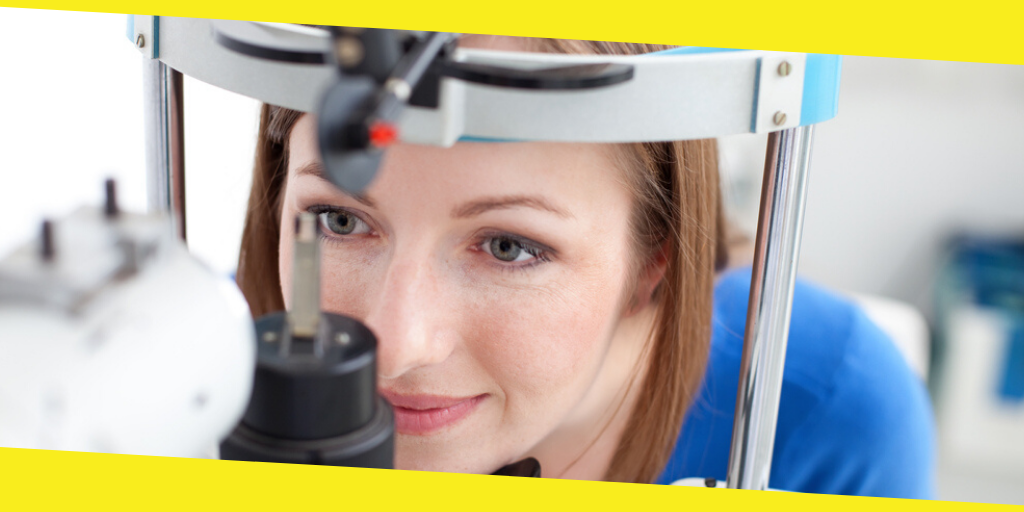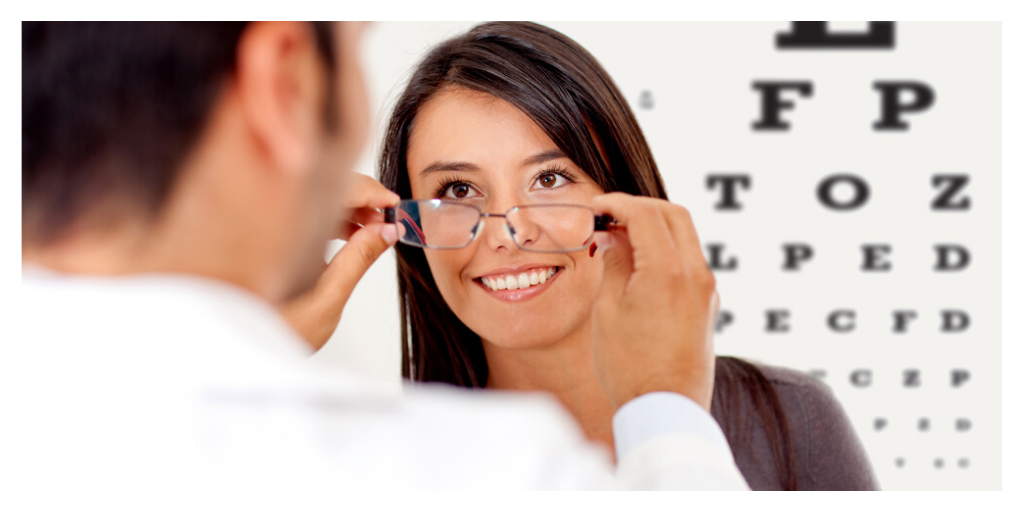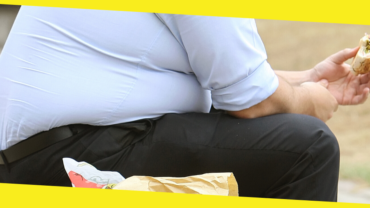Rochester NY Eye Exam 101: What’s Involved In An Eye Exam

Your heart sees what your eyes see beyond, making it the window of one’s soul, inspiring the mind and arousing your other senses. That’s why taking care of your eyes is crucial to your overall health. And the best person who can help you is a licensed ophthalmologist or optometrist, who is authorized to conduct comprehensive eye diagnostic procedures. But what does an eye exam involve?
In this post, you’ll learn how an eye doctor can help you through a routine eye exam, so you can make an informed choice with certain aspects concerning protecting your vision.
You can click here to find out more about a professional eye doctor who can help you.
Assessment of Your Vision History
For first-time eye consultation, expect a question and answer portion because your eye doctor needs to assess your vision history. Your medical history will also be evaluated and an initial eye test performed by a technician or clinical assistant.
Here are some sample questions you should be prepared to answer when visiting an eye doctor:
- What are your current eye problems?
- Have you experienced any eye problems before?
- Do you wear eyeglasses or contact lens?
- Are you taking any prescribed or over-the-counter medications?
- Do you know any of your family member or relatives who has eye problems, like glaucoma, macular degeneration, or retinal detachment?
- Do you have a family history of high blood pressure, heart disease, diabetes, or any other medical problems?
Basic Eye Examination
With the blue light emitted by smartphones, gadgets, and computers, it’s important to undergo a comprehensive eye examination to assess the current status of your vision. Expect basic eye tests when visiting an eye doctor the first time.
Here are the different tests that comprise a basic eye exam:
- Eye Muscle Test: Your eye doctors evaluate the muscles controlling eye movement as you’re asked to follow a small light or pen with your eyes. In this way, your eyes will be assessed for eye muscle coordination.
- Visual Acuity Test: You’ll be asked to read the letters on a screen or Snellen chart position 20 feet away. The ophthalmologist or optometrist will assess if you have a normal or 20/20 vision measured at 20 feet distance. It will help in diagnosing nearsightedness (myopia) or farsightedness (hyperopia).
- Refraction Assessment: This test assesses your vision if it has any refractive error which would warrant needing correction, such as wearing eyeglasses or contact lenses, or undergoing refractive surgery.
- Visual Field Test or Perimetry: It evaluates if you have difficulty viewing any areas of your vision’s overall field of vision using different tests, such as a confrontation exam. In a confrontation exam, you’ll be asked to cover one eye and look straight ahead. Your doctor will ask you to tell him if you see his hand move into your view.
- Color Vision Testing: The eye doctor will show you dot-patterns and determine if you have any problems identifying colors.
Comprehensive Eye Examination

The recommendation of the American Academy of Ophthalmology or AAO is that adults should undergo a comprehensive eye examination by the time early vision changes set in, usually by 40 years old.
However, AAO says that you shouldn’t wait until you reach 40 to have a comprehensive eye exam, most especially if you have risk factors of developing an eye disease, such as hypertension, diabetes, and a family history of eye problems.
Here are some tests included in a comprehensive eye exam:
- Slit-lamp Examination: In this test, a microscope is used to magnify and illuminate the front of the eye with intense light. It will evaluate your eyelids, iris, lens, lashes, cornea, and the fluid chamber between your iris and cornea.
- Retinal Examination: The back of your eye will be checked, including the optic disk, retina, and the blood vessels. It helps assess retinal detachment and other retinal problems.
- Screening for Glaucoma: The pressure of your eyes will be checked through tonometry to detect glaucoma, a common eye disease among adults that damages the optic nerve.
Checking Your Prescription Eyewear
Don’t forget to bring your prescription eyeglasses when you go for an eye exam appointment. There are many benefits you can get when you do so, in terms of eyewear functionality, compatibility, and aesthetics.
Conclusion
Now you understand how an eye exam is being done. An eye doctor will perform the appropriate test depending on your medical and vision history and your current eye problems. That’s why it’s important to bring your eyewear too in an eye exam so the doctor can help asses if it’s still the best one for you.
Recommended For You
Leptin and Obesity
Most Inside
Most Inside offers high-quality recommendations and valuable updates to enhance all aspects of your life, providing premium guidance and enriching experiences.




